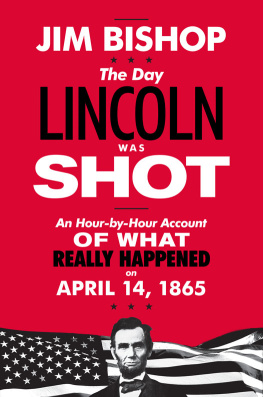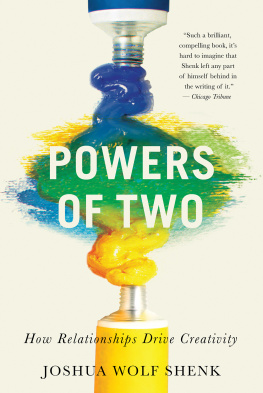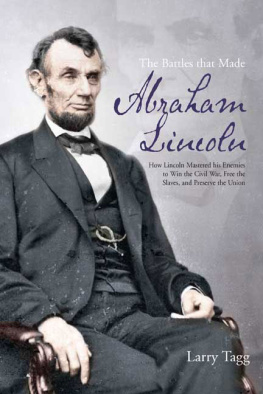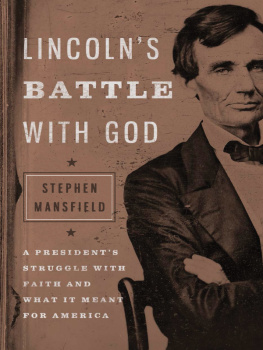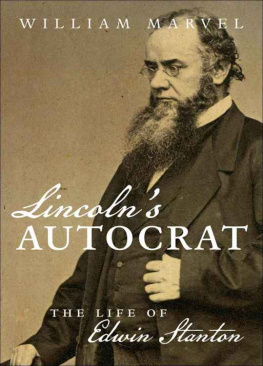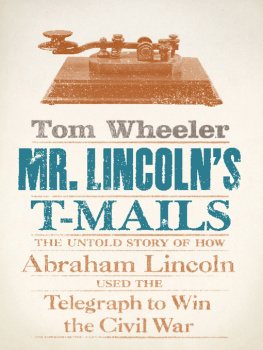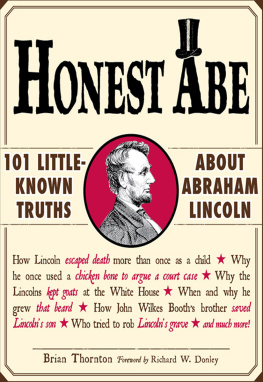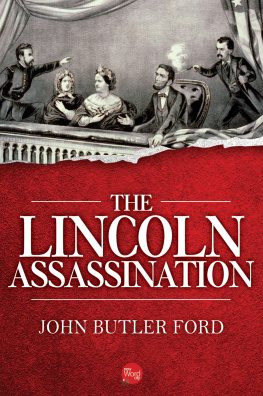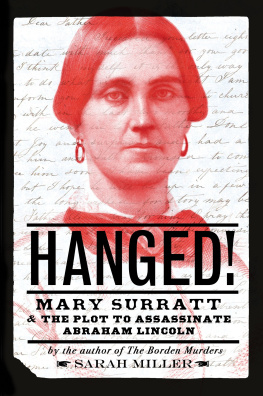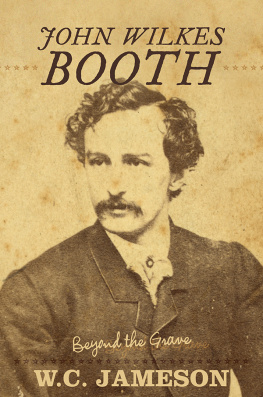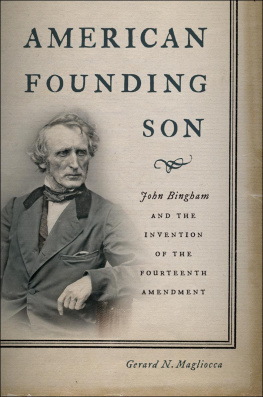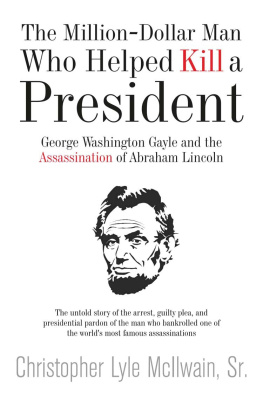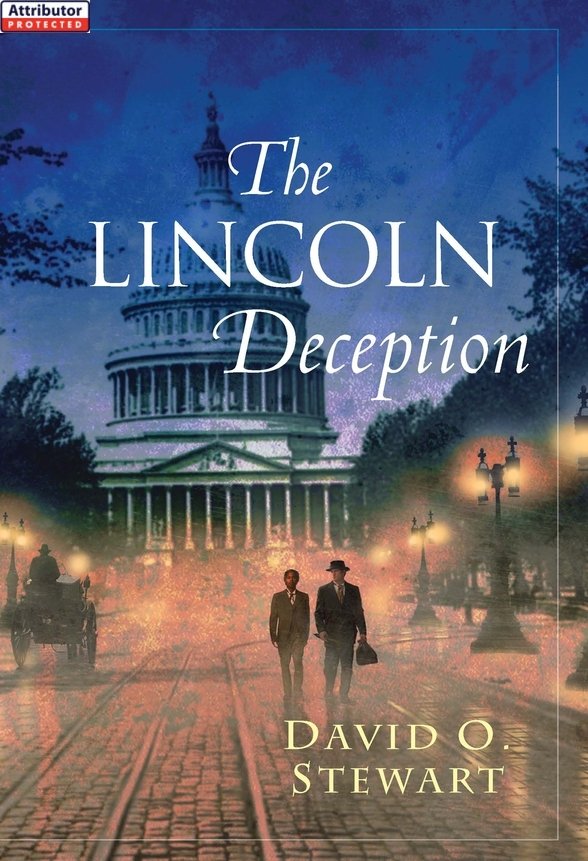Authors Note
T he opening scene in this novelthe deathbed statement of John Bingham about the mysterious midtrial disclosure of Mrs. Mary Surrattis drawn from Bingham of the Hills, a largely unread 1989 biography of Bingham by Erving E. Beauregard. Beauregard describes the scene in a single paragraph and attributes it to a family story related to him by the grandson of Binghams physician. I came upon the passage while researching a book about the Andrew Johnson impeachment trial ( Impeached ); it stuck in my mind for several years and would not be dislodged. I read widely about the Booth conspiracy and became dissatisfied with the standard portrayal of Booth as the crazed, vindictive assassin. The conspiracy was too big to fit in that frame. Because the provenance for Binghams deathbed scene is by no means sturdy, and because Bingham never disclosed what Mrs. Surratt told him, a fictional treatment allowed me the freedom to explore the Booth conspiracy in the speculative fashion warranted by the known facts.
The character of Jamie Fraser is inspired by the physician who attended John Bingham but is an entirely fictional character. Speed Cook also is inspired by an actual person: Moses Fleetwood Walker, who came from Steubenville, Ohio, and was the last black man to play in the big leagues until Jackie Robinson officially broke the color barrier. More about Walker is in David Zangs book, Fleet Walkers Divided Heart: The Life of Baseballs First Black Major Leaguer. The various Surratts and Booths portrayed in the book, along with Bessie Hale and the widows of Lafayette Foster and Ulysses Grant, all were alive in 1900, when Cook and Fraser set off to unravel the secrets of the Booth conspiracyall, that is, but the fetching Eliza, John Wilkes Booths illegitimate daughter. Although it is entirely plausible that Booth sired a child out of wedlock, and although a courtesan named Nelly Starr did attempt to kill herself after the Lincoln assassination, Eliza is an entirely fictional character. Also, Lafayette Foster was second in line for the presidency in April 1865, a fact that seems to have interested virtually no one over the years. Until now, that is.
I am grateful to a number of people for helping this novel along, beginning with my extraordinary agent, Will Lippincott, who supported me on this departure from my previously beaten path. I am most fortunate that John Scognamiglio, my editor at Kensington, saw some potential in this book and has been an insightful reader. I also thank the early readers who have helped improve all of my books, and did so again: Solveig Eggerz, Joye Shepperd, Catherine Flanagan, Phil Harvey, Robert Gibson, Frank Joseph, Kathy Lorr, Leslie Rollins, Susan Clark, Tom Glenn, Alice Leaderman, and Linda More-field.
I have heard it said that when a man writes a book, his principal purpose is usually to impress some woman. For me, its always the same womanmy wife, Nancy. She says she likes this one. I hope so.
Please turn the page for a very special Q&A
with David Stewart!
Why did you want to write about one of the worst crimes in American history, the assassination of Abraham Lincoln?
Thats exactly the reason. The assassination denied America the leadership of its greatest president at the beginning of perhaps his greatest challengerebuilding a nation torn apart by civil war and somehow integrating the freed slaves into American life. And there are still so many unanswered questions about the crime.
What are those unanswered questions?
This was not just a lone gunman, some crazed lunatic. Booth had assembled a team of assassins, though not all were terribly impressive human beings. They targeted anywhere from three to five top officials of the Union governmentnot just President Lincoln, but also his vice president, his Secretary of State, and very likely his Secretary of War and the General-in-Chief of the Union Army. As the lead character in the novel realizes, it was not an assassination so much as an attempted coup dtat. Could this one unemployed actor plan all of that by himself? Hard to imagine.
Who was John Bingham?
Bingham was the lead prosecutor of the Booth conspirators in the summer of 1865, and as a congressman went on to write the guarantees of due process and equal protection in the Fourteenth Amendment. On his deathbed in 1900, Bingham confided to his doctor that Mrs. Mary Surrattone of the Booth conspirators who was hangedhad told him a secret that could destroy the republic. The secret, he said, would die with him, and so it did. This book tries to imagine the terrible secret that Mr. Bingham took to his grave.
What evidence leads you to conclude that the Booth conspiracy was wider than generally thought?
Really, five broad points:
It was a giant conspiracy that targeted the top leaders in the North; as noted above, more of a coup dtat than an assassination. Not the plan of a lone crackpot.
Booth and several of his coconspirators lived without resources for many months before the assassination; someone was paying for them. (Follow the money!)
Booth and John Surratt both were agents of the Confederate secret service.
Booths escape route led him repeatedly to Confederate spies as he successfully evaded thousands of Union soldiers who were searching for him; not something a lone evil genius could have achieved.
Mr. Binghams deathbed statement: What else could he have learned from Mary Surratt that would have threatened to destroy the republic?
Your two lead characters are very differenta white doctor from small-town Ohio and an African-American ex-ballplayer. How could they become friends in America in 1900?
That relationship was one of the challenging elements of the writing process, and the short answer is that its a very rocky partnershipas you would expect. They are united in their need to find out the truth about the Lincoln assassination, but race and experience keep pushing them apart. America was a very racist place in 1900; the Jim Crow segregation laws were spreading, and it was fascinating and infuriating to imagine the feelings of an educated and sophisticated African-American like Speed Cook. The bond between the two men becomes real and powerful through the story, but I felt that a racial divide would always be there. And so it is, right to the end.
One of your main characters, Speed Cook, is an African-American crusader for racial justice who was the last man of his race to be driven out of professional baseball. Did you just make him up?
Cook is an entirely fictional character, but he was inspired by a very real man, Moses Fleetwood (Fleet) Walker, who came from Steubenville, Ohio. Walker was, in fact, the last African-American to play in the big leagues between 1888 and 1947, had attended Oberlin College and the University of Michigan, and was a fighter for the rights of black people. He wrote a remarkable pamphlet after the turn of the century arguing that black people should return to Africa because they would never be treated fairly in America. For a multi-talented man like Fleet Walker, being a black man in America in 1900 had to be a special form of torture.
Why move from writing non-fictionyou have had three successful books on American historyto a novel?


